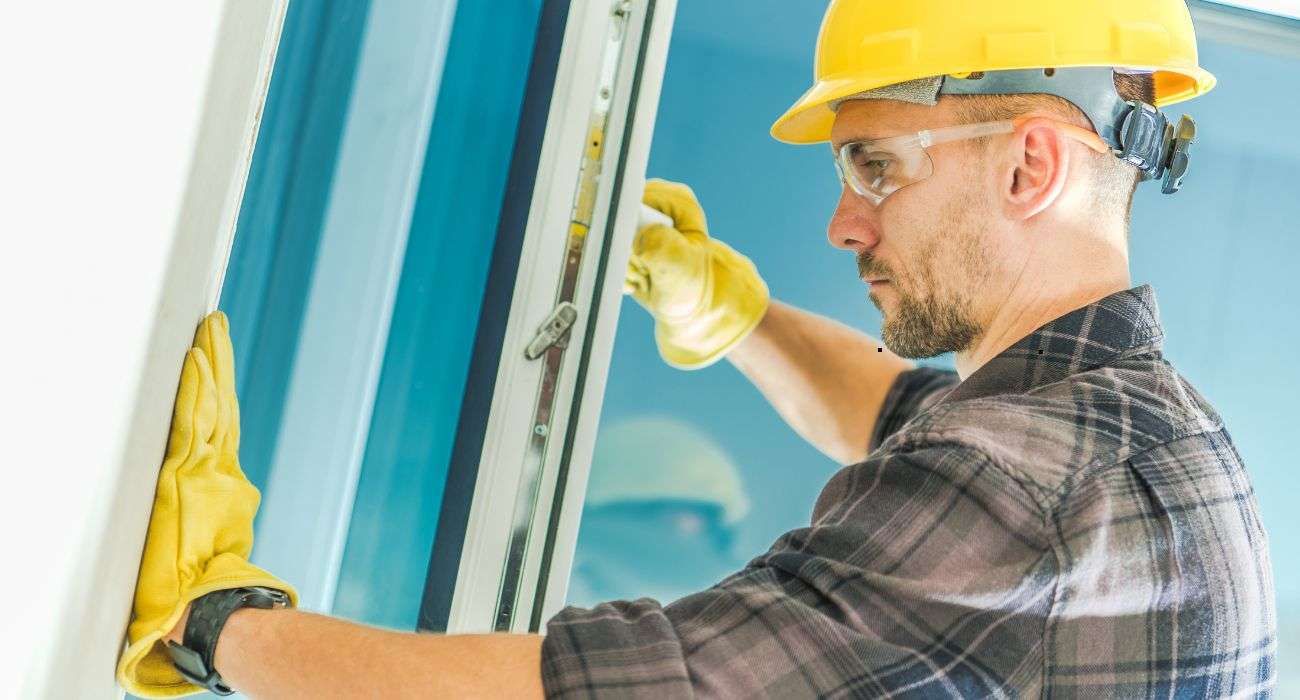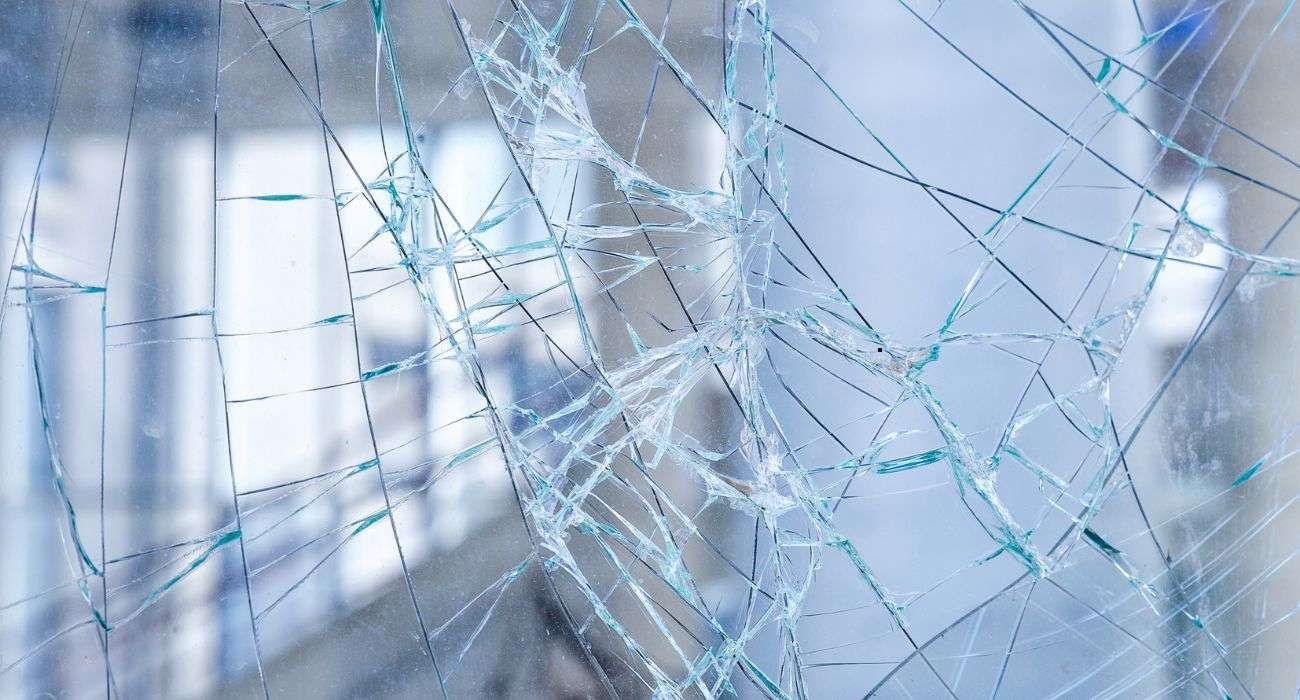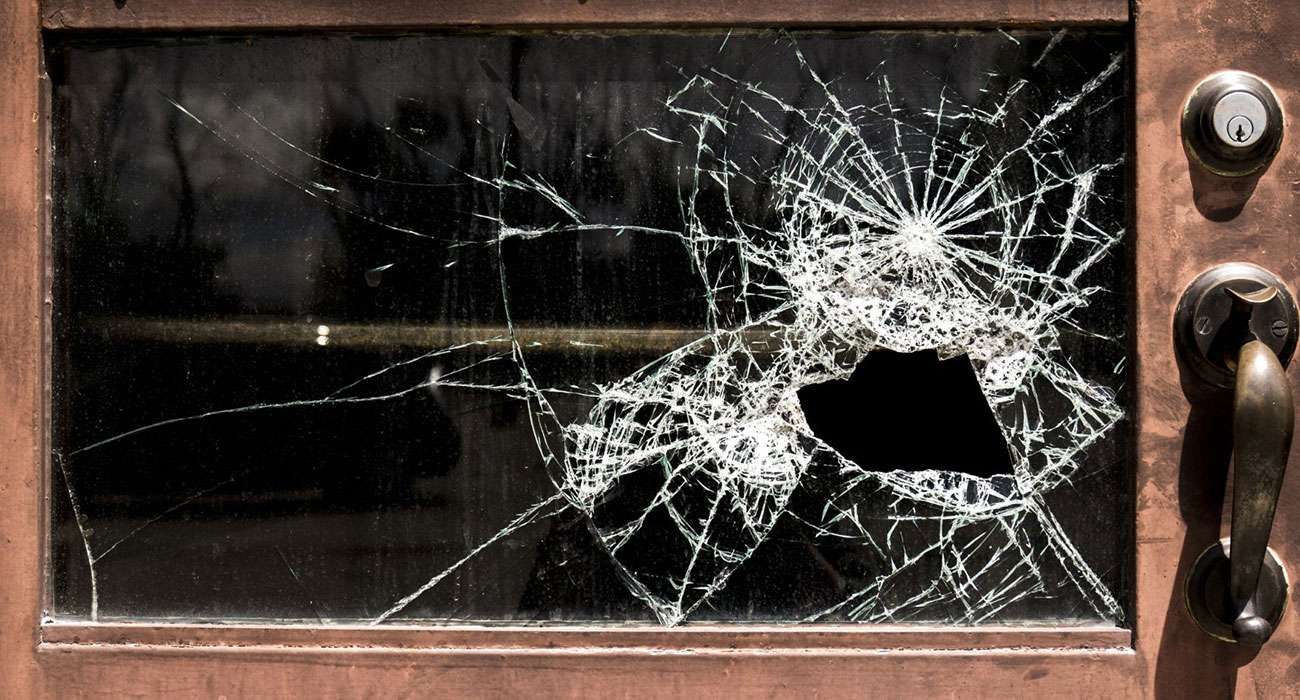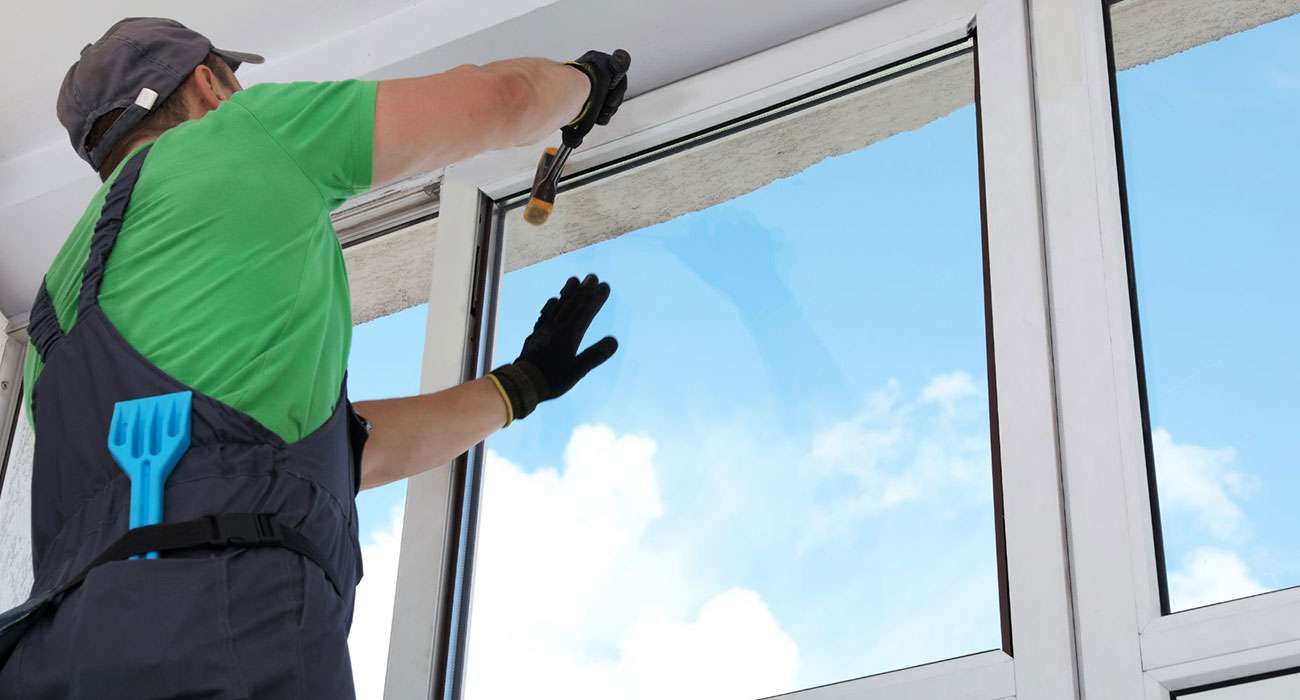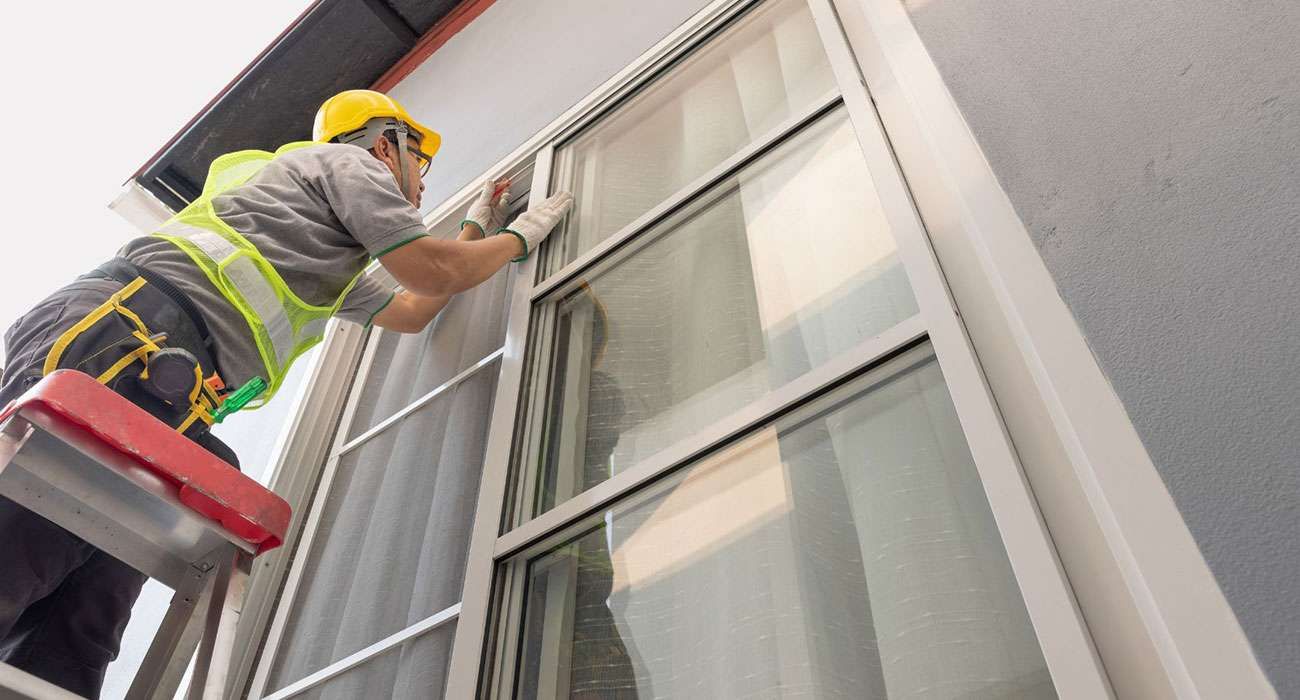How to Maintain Your New Glass Installations for Longevity
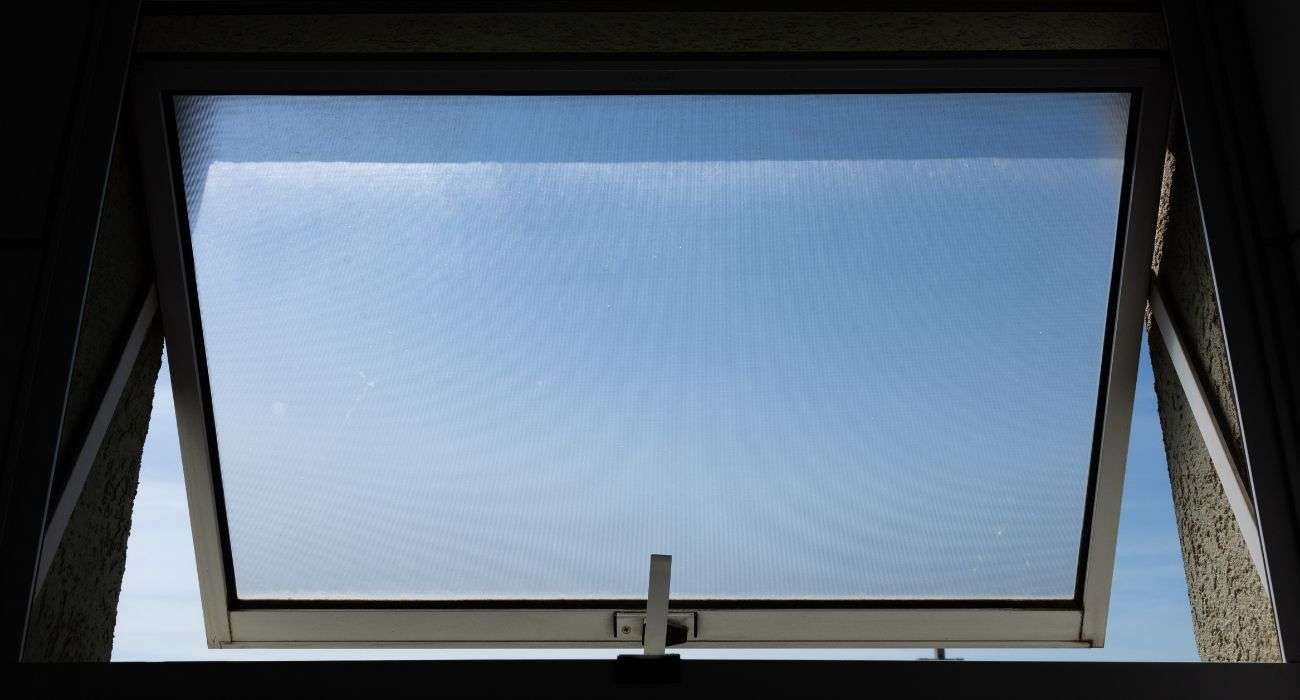
1. Regular Cleaning
Frequency:Clean your glass installations regularly to prevent dirt and grime build-up. Aim for at least once a week for areas prone to fingerprints and smudges, such as windows and glass doors.
Tools and Materials:Use a soft, lint-free cloth or microfiber towel. Avoid abrasive materials that can scratch the glass. A mixture of water and mild dish soap works well for most cleaning needs. Commercial glass cleaners can also be effective, but avoid those with ammonia if your glass is tinted or coated.
Technique:- Start by dusting off any loose dirt or debris with a dry cloth.
- Apply your cleaning solution with a spray bottle.
- Wipe in a circular motion to avoid streaks.
- For stubborn spots, let the cleaner sit for a few minutes before wiping.
2. Preventing Scratches and Damage
Avoid Sharp Objects:Be cautious around your glass installations. Avoid using sharp objects near the glass that could cause scratches. When cleaning, use non-abrasive cloths and avoid scouring pads.
Protective Films:Consider applying a protective film to your glass surfaces. These films can protect against scratches and even offer additional benefits like UV protection.
3. Addressing Hard Water Stains
Understanding Hard Water Stains:Hard water stains can be particularly stubborn and unsightly on glass surfaces. These stains occur when water with high mineral content dries on the glass, leaving behind mineral deposits.
Removal:- Mix equal parts white vinegar and water in a spray bottle.
- Spray the solution onto the affected area and let it sit for a few minutes.
- Scrub gently with a non-abrasive cloth or sponge.
- Rinse thoroughly with water and dry with a clean cloth to prevent new stains.
To prevent hard water stains, dry your glass surfaces immediately after they get wet, especially in shower enclosures. Consider using a squeegee for a quick and effective drying process.
4. Maintaining Window and Door Seals
Inspect Regularly:Check the seals around your windows and doors periodically. Look for signs of wear and tear, such as cracks or gaps, which can compromise the insulation and security of your glass installations.
Seal Replacement:If you notice any damage, replace the seals promptly. Maintaining good seals helps in energy efficiency, keeping your home comfortable and reducing utility costs.
5. Protecting Against Extreme Temperatures
Heat and Cold:Extreme temperatures can affect the durability of your glass installations. In areas with harsh winters, ensure that your windows and doors are properly insulated to prevent the glass from cracking due to thermal stress.
Shading Solutions:Use shades, blinds, or UV-protective films to shield your glass from direct sunlight, which can cause overheating and potential damage over time.
6. Professional Inspections and Maintenance
Regular Check-Ups:Schedule regular inspections with a professional glass maintenance service. They can identify potential issues early and provide expert solutions to keep your glass installations in top condition.
Repairs and Replacements:If you notice any chips or cracks, have them repaired by a professional immediately. Small issues can quickly escalate into bigger problems if not addressed promptly.
7. Special Considerations for Different Types of Glass
Tempered Glass:While stronger and safer, tempered glass can still shatter under extreme impact. Avoid striking the edges where it is most vulnerable.
Laminated Glass:This type of glass is designed for safety and noise reduction. Clean it as you would standard glass, but be aware that scratches can compromise the interlayer, so handle it with extra care.
Coated and Tinted Glass:For glass with special coatings or tints, avoid ammonia-based cleaners as they can damage the surface. Use products specifically designed for coated glass to maintain its integrity and appearance.









